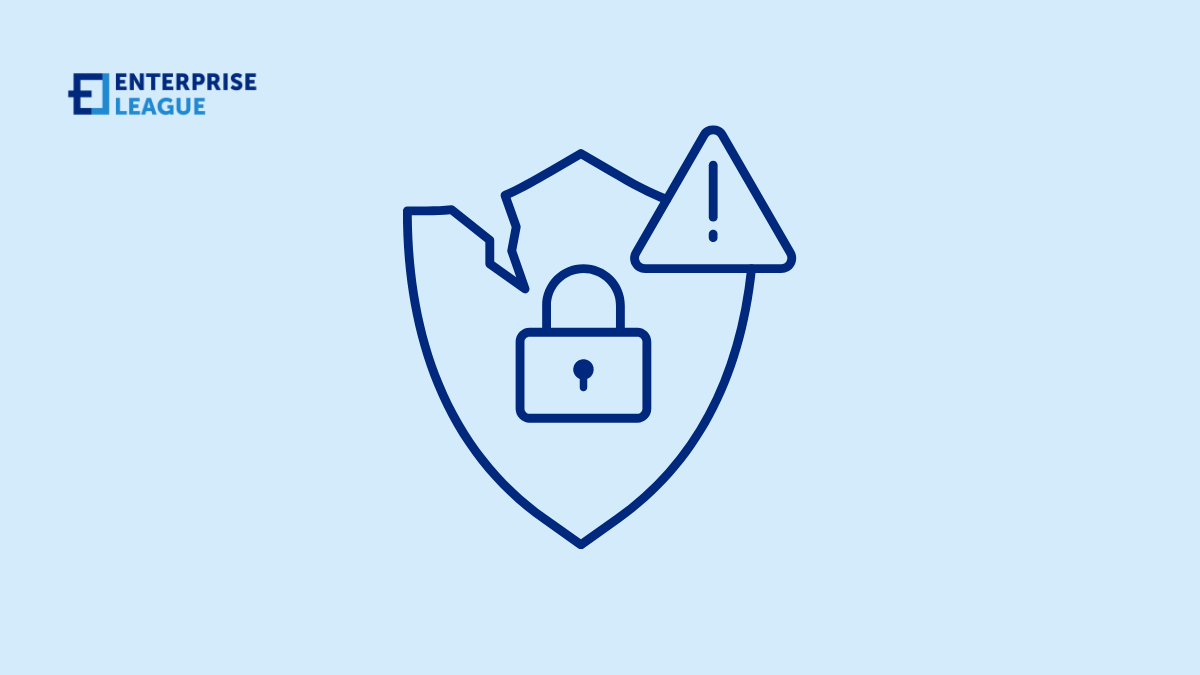Breach defense effective strategies for mitigating data breaches
February 19, 2024

Computer hackers take advantage of the fact that many businesses store a lot of information in digital databases. Digital data is easy to access and can be stored indefinitely, which makes it a tempting target for criminals. Because data is fluid and connected, the risk of unlawful access is even higher.
Customers expect businesses to do everything they can to keep their data safe. Any data breach hurts customer trust in a company. It is paramount to have a strong data protection framework in place to protect your business and your customers’ trust. With the practical advice in this blog post, you may strengthen your defenses and confidently navigate the digital landscape.
Understanding data breaches
When someone breaks into an organization’s databases and copies the data to a database they own, it’s called a data breach. The hacker usually takes usernames, email addresses, and passwords, but sometimes they take more sensitive information like Social Security numbers (SSNs) and credit card numbers.
There are so many data breaches these days that people who work in cybersecurity call it breach fatigue. People aren’t surprised when they hear that the data of millions of people has been stolen from one big company or another. For instance, in the first three months of 2023, breaches worldwide leaked 6.41 million data records, affecting millions of people.
Many types of breaches happen all the time, including phishing attempts, malware infections, threats from inside the company, and breaches caused by vulnerabilities outside the company. Businesses need to understand how these threats are diverse and growing, so they need to start protecting themselves right away and keep doing so.
It’s not just a good idea to look for the common reasons behind data breaches; it’s an urgent requirement. Vulnerabilities that need instant attention include weak passwords, software that hasn’t been updated, employees who haven’t been trained well enough, lenient access controls, and insecure third-party connections. Now is the time to act, because if you don’t, the results could be terrible.
The instant monetary impact of a data breach is not the only way to measure its cost. It includes legal consequences, fines from regulators, and a dangerous loss of company reputation. Businesses need to act quickly because the consequences could be extremely catastrophic for their finances and survival.
How to prevent data breaches
Businesses should do regular security checks to find weak spots and possible entry for hackers. Authorization and access control are fundamental for keeping services safe. Access control is the process of keeping people from getting into your system without permission.
Employees need to learn about secure networks, firewalls, and vulnerability detection systems. Additionally, no matter the company’s size, all employees must be encouraged to use a VPN. These virtual networks are crucial for businesses of any size as they establish secure connections over the Internet. VPNs are a cost-effective way to secure employees’ online activities without investing in extensive infrastructure.
Finally, ensure that your software and devices are always up-to-date to prevent data breaches. By implementing these strategies, you can secure your valuable business data.
How to handle data breach
Business owners and IT managers need to take swift and strategic action when there is a data breach. They must have all the necessary resources and skills to protect private data and keep operations running smoothly.
- Establish an incident response plan. Ensure it includes step-by-step instructions, a list of key individuals to contact, and directions for communicating. A clear plan enables everyone to work together when there is a breach.
- Figure out where the breach came from and how widespread it is. When a breach is uncovered, it is critical to act right away. Determine the cause and scope of the breach. Find out how the unauthorized access happened and how much data was lost or stolen. This first step sets the stage for what will happen next.
- Contain the breach. Cut off access to affected systems, revoke the access of any unauthorized parties, and step up security. Prompt containment softens the blow and protects the integrity of the data that is still there.
- Notify all affected parties instantly. Clients, employees, and authorities need to be informed without any delay. It is crucial to explicitly state the type of breach that occurred, what information was compromised, and the measures you are taking to remedy the situation. Time is of the essence, and open communication will help foster trust and enable everyone involved to take the necessary safety precautions.
- Evaluate the effectiveness of your response. Conduct a thorough evaluation of the response after the event. Check how well each step worked, look for ways to improve the incident response plan, and make the necessary changes. You can be better prepared for future events by learning from past mistakes.
Conclusion
Businesses must prioritize breach defense to protect their sensitive data, reputation, and long-term success. They must be aware of data protection issues and take a proactive role in safeguarding their digital environments. With the increasing frequency and complexity of cyber threats, being ever-ready and highly alert is the best defense against potential breaches.
More must-read stories from Enterprise League:
- Engaging online networking events that you should not miss.
- Entrepreneurs over 70 that have defiled old age.
- Creative spiritual business ideas that you can start today.
- Find out all the things that make messy people smarter.
- Learn how to deal with rude customers in a creative way.
Related Articles
23 top innovative personal finance startups in 2024
These 23 revolutionary personal finance startups provide accessible tools to reduce debt, save effortlessly, plan for retirement and achieve your goals.
16 fast-growing productivity tools startups in 2024
16 fast-growing productivity tool startups that are working hard on making the world more productive. Learn more about these startup and their mission.
22 innovative healthcare startups to know in 2024
These 22 healthcare startups are optimizing everything from billing to medical records with innovative tech and business models. Find out who they are.
23 top innovative personal finance startups in 2024
These 23 revolutionary personal finance startups provide accessible tools to reduce debt, save effortlessly, plan for retirement and achieve your goals.
16 fast-growing productivity tools startups in 2024
16 fast-growing productivity tool startups that are working hard on making the world more productive. Learn more about these startup and their mission.





